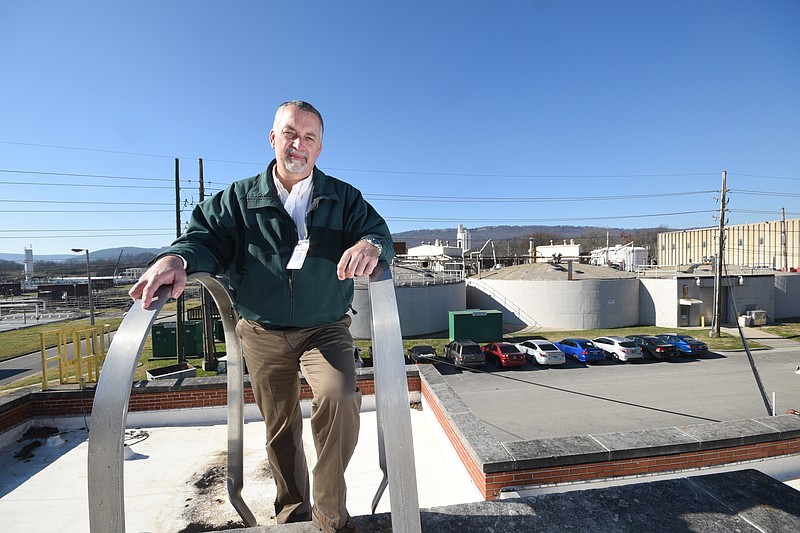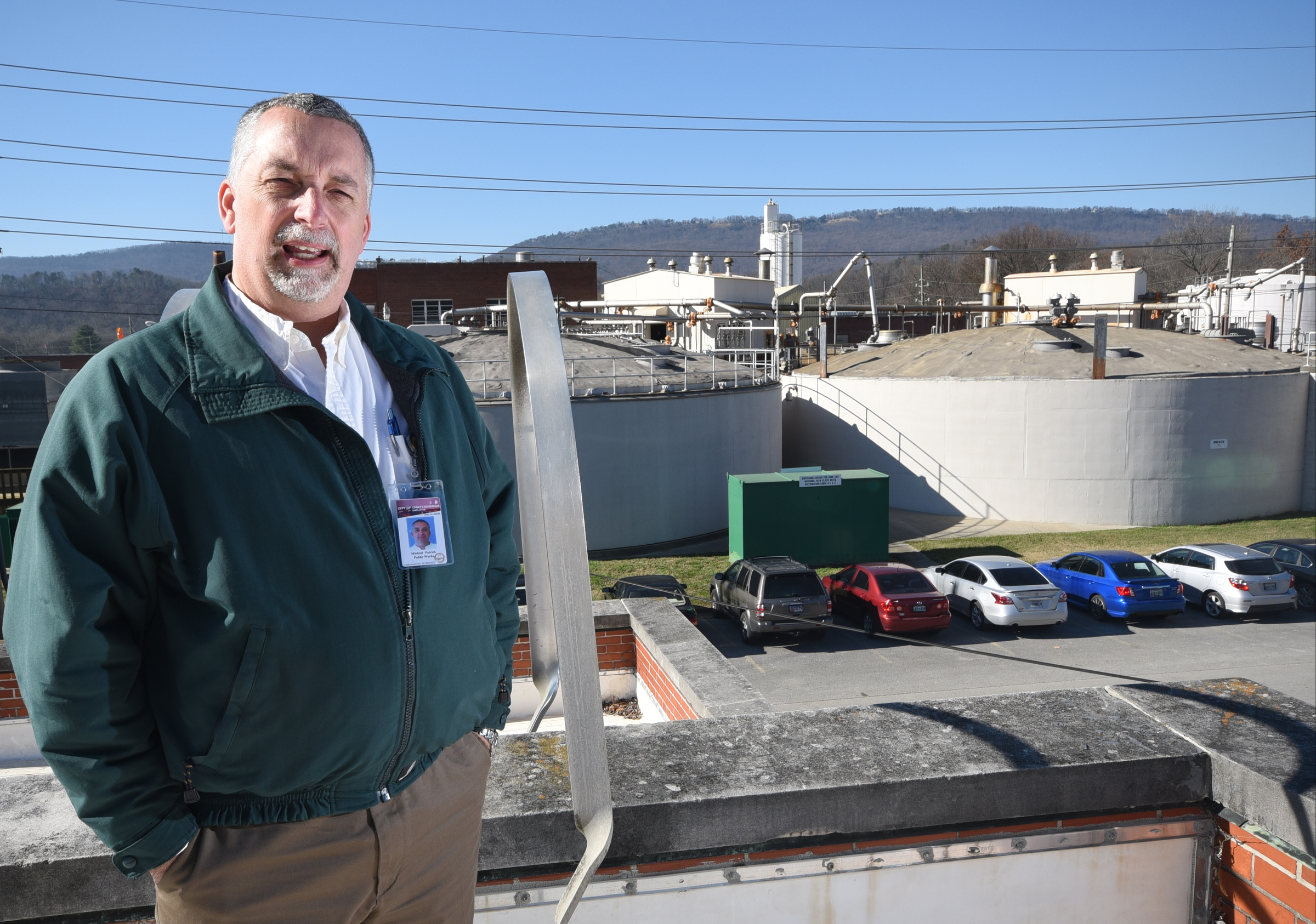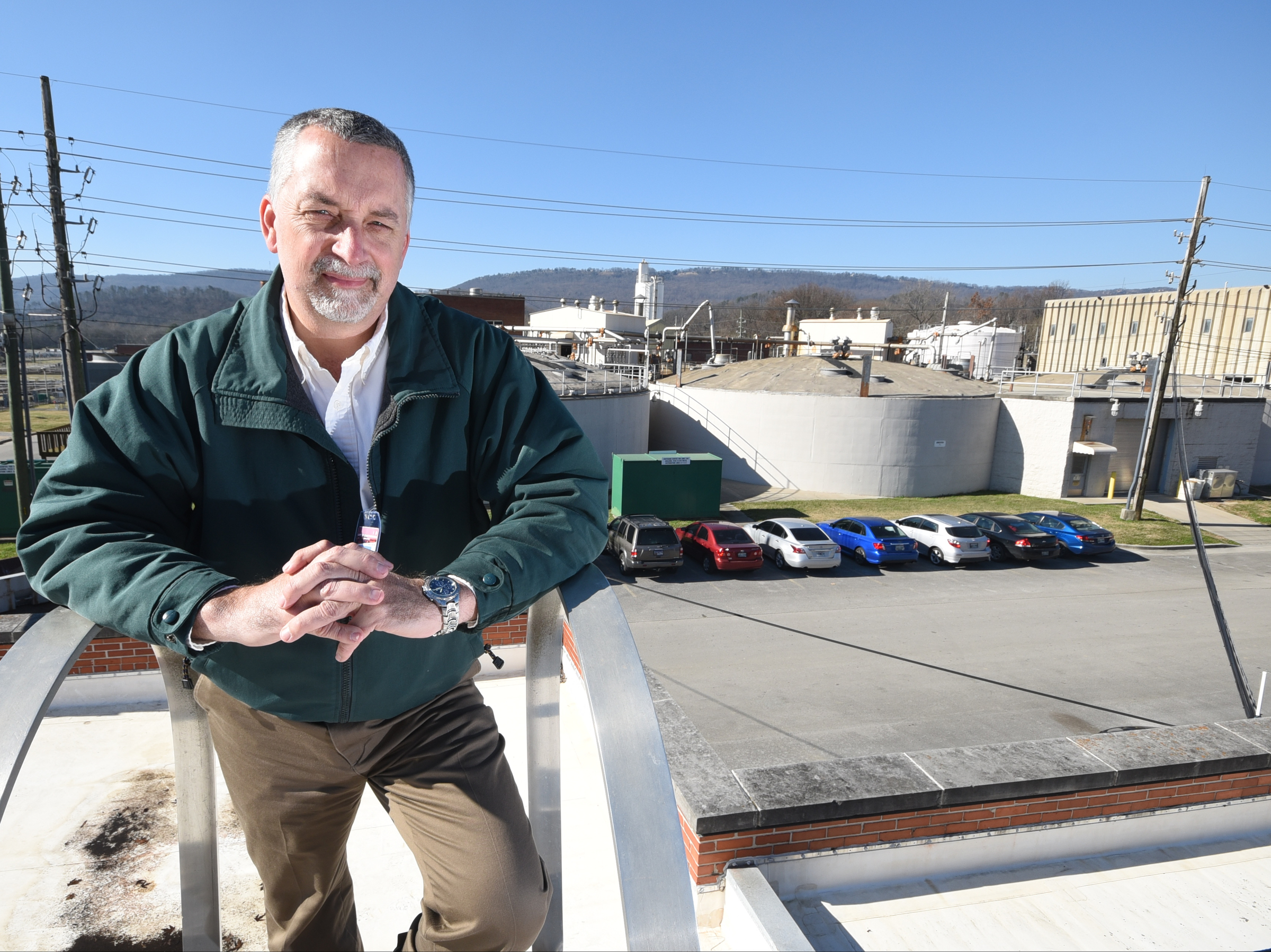MOCCASIN BEND - Wherever you are when you flush - Fort Oglethorpe or Collegedale, Chattanooga, Lookout Mountain, Red Bank, East Ridge or unincorporated Hamilton County - it all ends up here.
From a network of pipes crisscrossing the metro area, 65 million gallons of sewage arrive every day, filling unassuming silver-painted tanks on the side of the Tennessee River, beneath the high brow of Lookout Mountain.
By the numbers
› Waste treated: 65 million gallons daily› Methane generated: 300,000 cubic feet daily› Annual electric bill: $4 million
Tiny microbes go to work to break it down, converting the solid waste into methane gas - 300,000 cubic feet a day - that is currently burned off.
But if Chattanooga Wastewater Resources officials have their way, that gas will all be converted into electricity.
"This takes advantage of waste gas we're going to produce regardless," said Mike Patrick, director of the plant. "It is a very green project, and it is economically feasible."
The City Council last week unanimously authorized the Department of Public Works to apply for a Tennessee Valley Authority grant that would pay more than half the cost of a $6.1 million methane-to-electricity project, leaving the city's share at nearly $2.7 million, according to Public Works Director Lee Norris. The methane would be burned, producing steam to turn a turbine and generate electricity.
Patrick believes the project is worth doing, even if TVA doesn't give the city the grant.
The big pumps at the wastewater treatment plant run 24 hours a day, seven days a week, costing the city $4 million a year in electric bills - the highest of any city-owned facility.
The electricity generated from the methane would reduce that by $1 million every year, so the payback would be less than three years with the grant, or seven years without.
The project has another benefit, Patrick said. In the event of a major power outage, it would allow the Moccasin Bend facility to generate a quarter of its electricity needs onsite, keeping at least some of its pumps operating.
The idea - using methane from sewage waste to generate electricity - seems to be having its moment, with Chicago (with the world's largest wastewater plant) and Los Angeles announcing plans, and Washington, D.C., starting up its facility in October. Chicago may add an additional twist - mixing in waste grain from the area's breweries to boost the methane level in its waste.
Gresham, Ore., is doing something similar, using grease and fat trucked in from restaurants in nearby Portland.
Chattanooga also will need to increase its methane production to make the project workable, Patrick said. The site's current digesters are about 12 years old and need replacing. Newer units can produce 600,000 cubic feet of methane every day, making the project cost-effective.
The project also would have a significant environmental benefit, according to TVA spokesman Scott Fiedler.
"This project has a multiplier effect," Fiedler said. "It reduces the amount of electricity TVA has to generate to provide that electricity, which reduces pollution, and it is using a source that would have been wasted before to generate electricity."
The grant prospect is part of a 2011 settlement between TVA and the U.S. Environmental Protection Agency that commits TVA to reduce pollution in its service area across the Tennessee Valley.
If Chattanooga wins funding, it will take until 2020 to design and build the new facility, Patrick said.
Projects such as this were not feasible in the past, because the methane produced from wastewater was too "dirty" to burn, said Jeff Rose, wastewater plant deputy director.
"The industry is just now getting the technology to clean up the gas enough so this is sustainable," he said.
After some of the solid material is removed from the wastewater and converted to methane gas, what remains turns out to be "pretty good fertilizer," Patrick said.
Some 70,000 tons of it are hauled away by truck from Moccasin Bend every year to be given to farmers in Sequatchie and Bledsoe counties and northern Alabama.
The liquid component is cleaned up enough to be dumped into the Tennessee River. That's a huge improvement from the years before 1965, when the Chattanooga wastewater treatment plant was built, Patrick said.
Before that, the raw sewage was just dumped into the river.
Contact staff writer Steve Johnson at sjohnson@timesfreepress.com, 423-757-6673, on Twitter @stevejohnsonTFP or on Facebook at stevejohnsonTFP.


